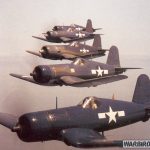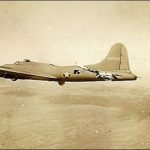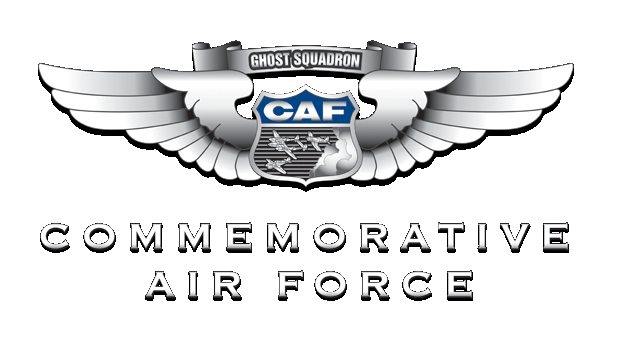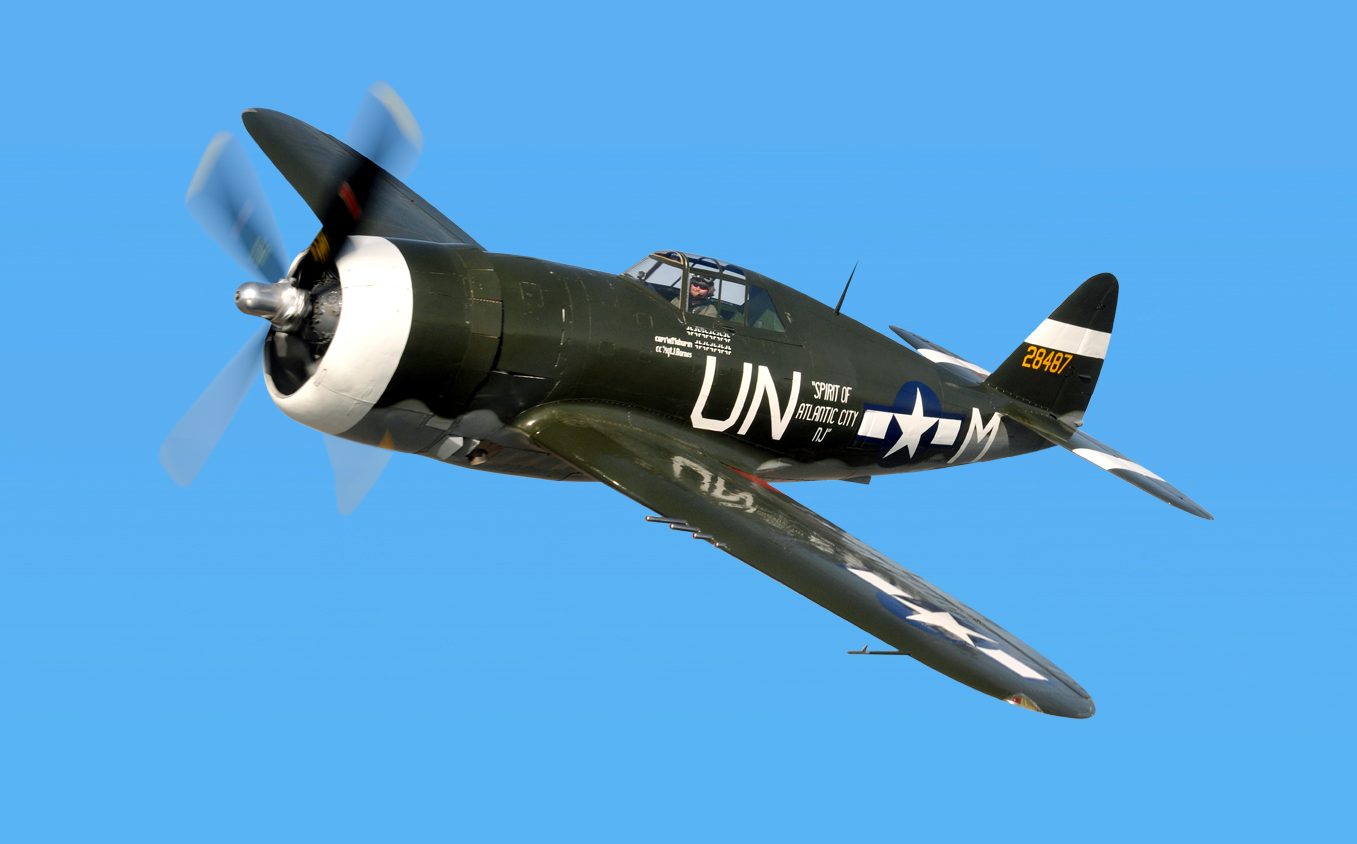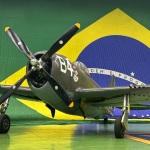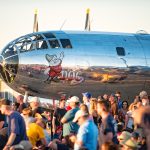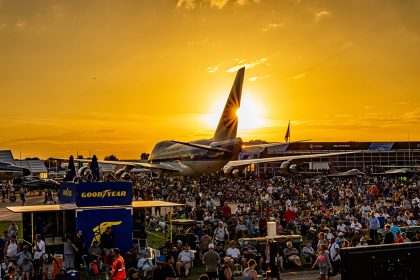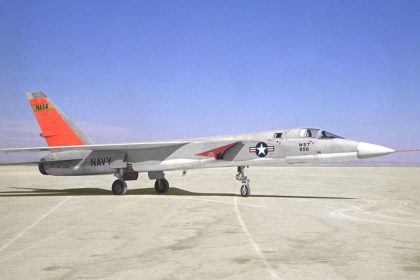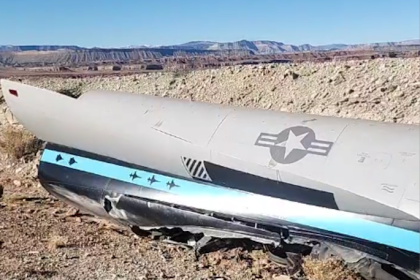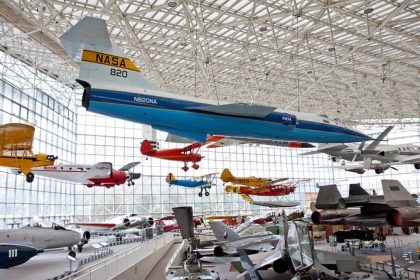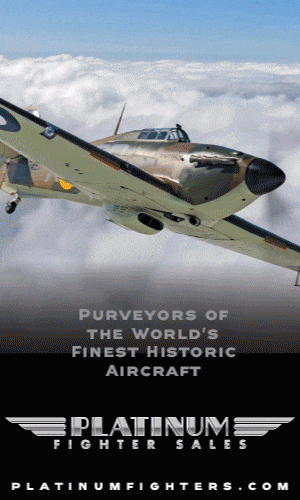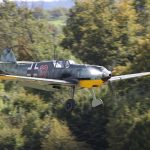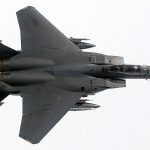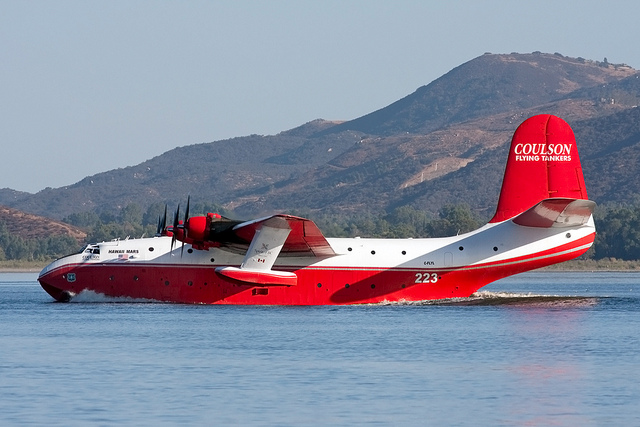Today marks the 84th anniversary of the first flight of the Republic P-47 Thunderbolt, which took to the skies on May 6, 1941. Known affectionately as the “Jug,” the P-47 proved to be one of the most successful and versatile Allied fighters of World War II. It excelled not only as a high-altitude escort fighter but also in ground-attack roles, delivering devastating firepower in close air support missions. The aircraft became legendary for its ruggedness, often returning home despite sustaining heavy battle damage.
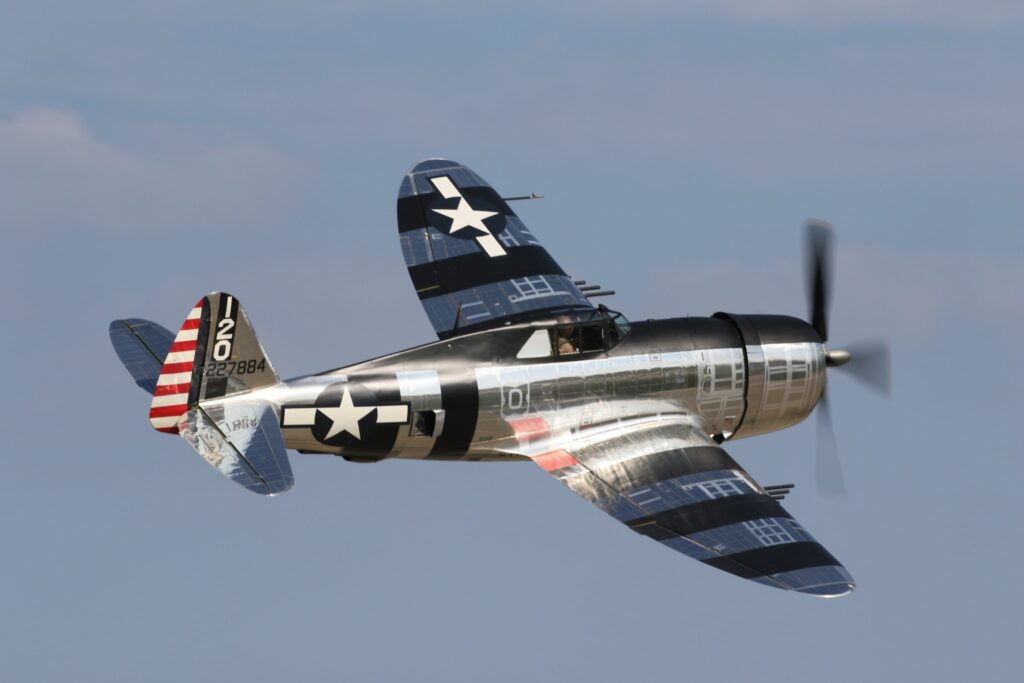
The maiden flight of the XP-47B—the first prototype of the Thunderbolt—was piloted by test pilot Lowery Lawson Brabham at Republic Aviation’s factory airfield in Farmingdale, New York. From that first flight, the aircraft would undergo substantial development, including refinements to its wings, canopy, fuselage, and armament, transforming it into a formidable force in the skies over Europe and the Pacific.
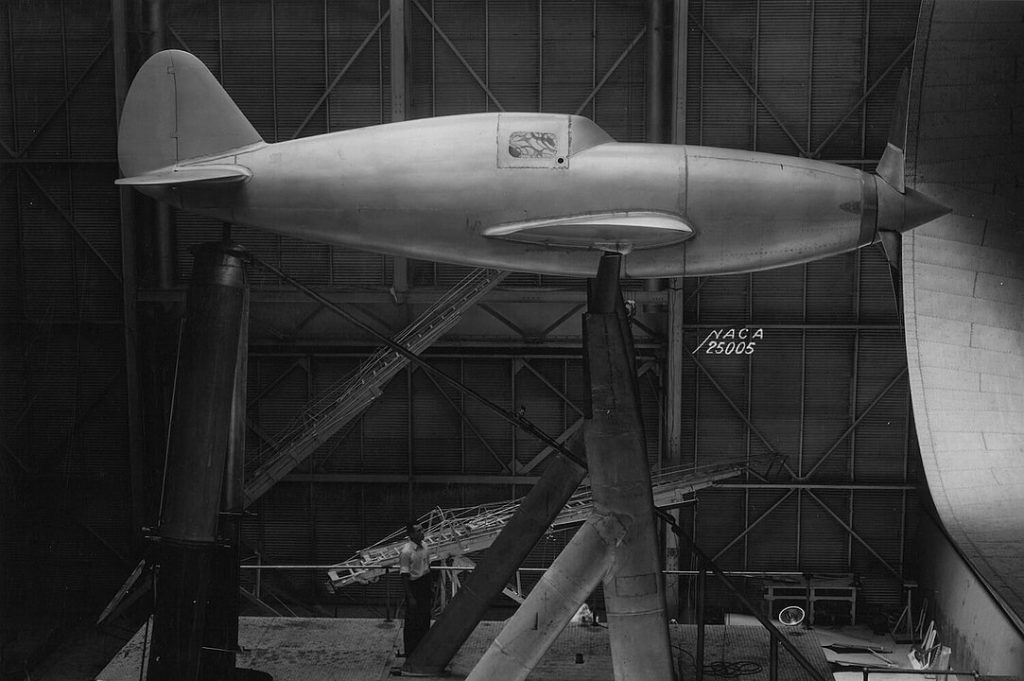
The most widely produced variant, the P-47D, was powered by a Pratt & Whitney R-2800-59 18-cylinder radial engine, generating 2,000 horsepower. This gave the Thunderbolt a top speed of 426 miles per hour, a range of 1,030 miles, and a service ceiling of 42,000 feet. Its armament was fearsome: eight .50 caliber Browning M2 machine guns, each with 425 rounds, totaling 3,400 rounds of firepower. It could also carry up to 2,500 pounds of bombs and ten 5-inch High Velocity Aircraft Rockets (HVARs), making it a powerful ground-attack platform.
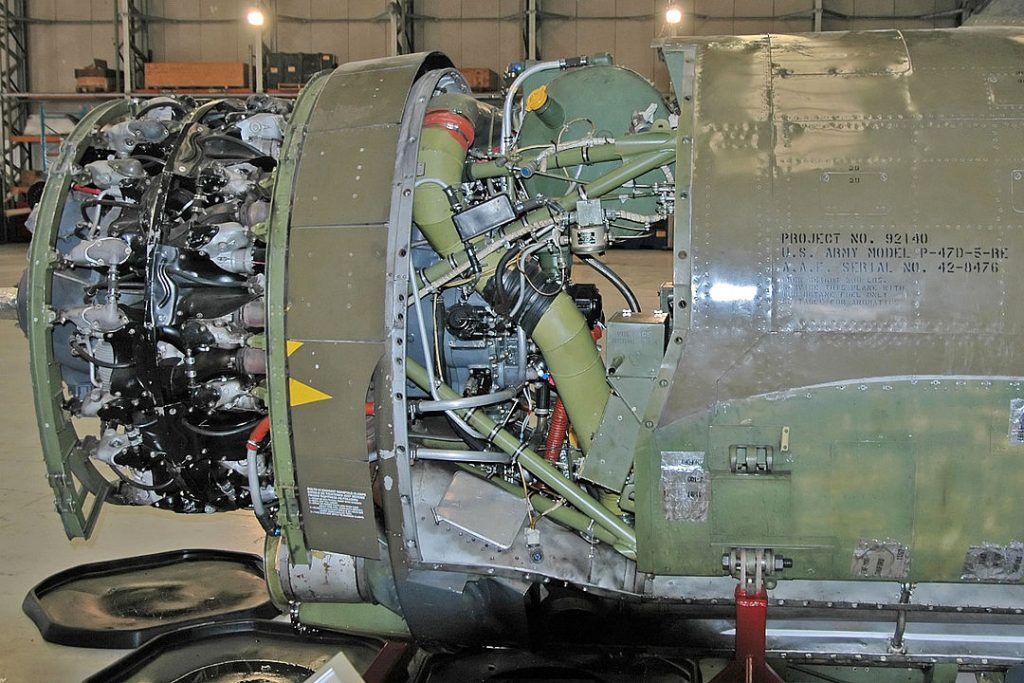
During World War II, a total of 15,636 P-47s were produced across various variants. Today, the Thunderbolt lives on in museums and at airshows around the world. Fourteen airworthy examples remain in the United States, with one still flying in the United Kingdom. Though far fewer in number than during their wartime heyday, these surviving aircraft stand as enduring symbols of American engineering, wartime innovation, and the dedication of those who preserve them.





